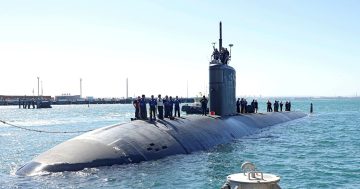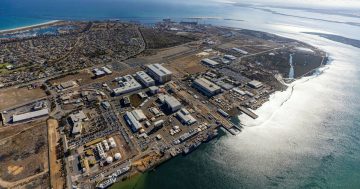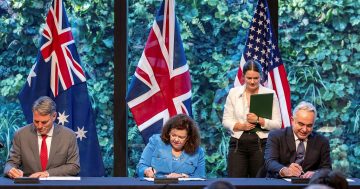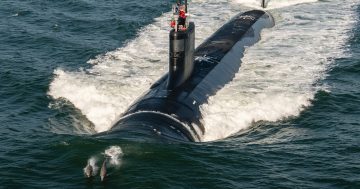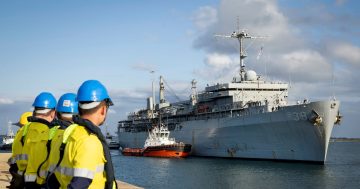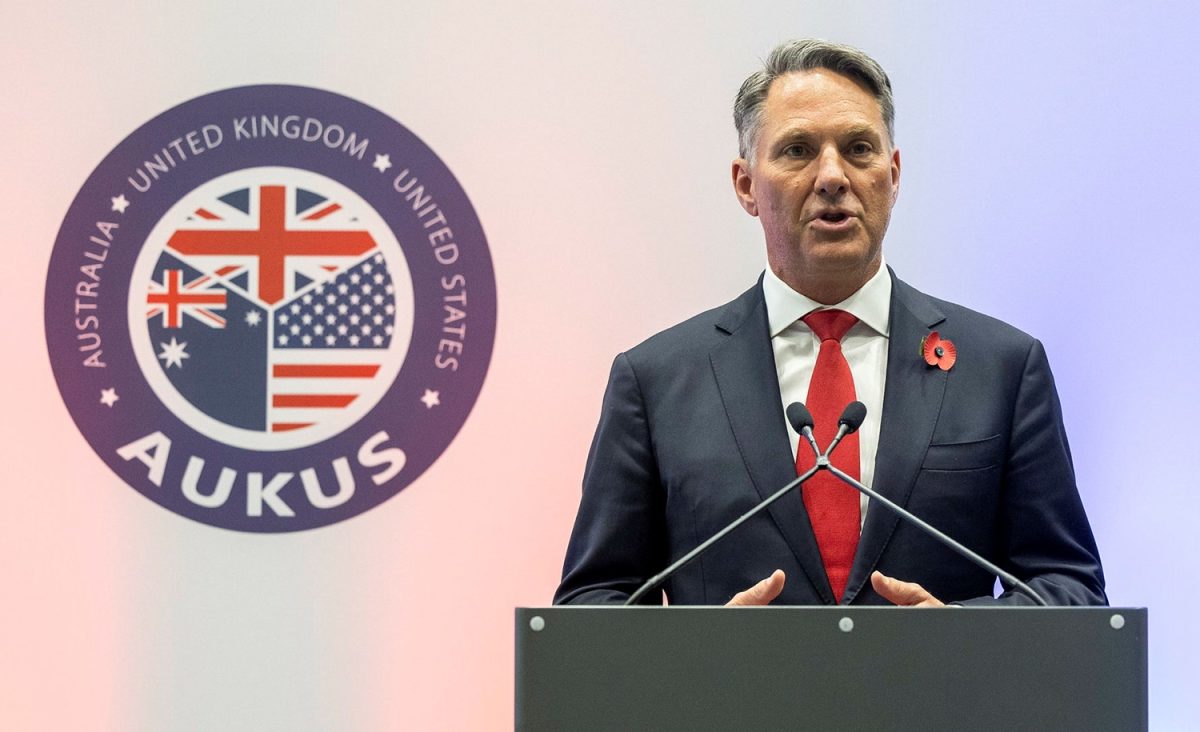
Defence Minister Richard Marles has introduced the Australian Naval Nuclear Power Safety Bill to Parliament. Photo: ADF.
The Federal Government has introduced a bill to parliament designed to safeguard nuclear safety and secrets for when Australia takes delivery of its first nuclear-powered submarines from 2032.
The Australian Naval Nuclear Power Safety Bill 2023 will establish a new, independent regulator to ensure the highest standards of safety across its nuclear-powered submarine enterprise so that its push to implement AUKUS can proceed. It is likely to be one of many requirements of the US and UK governments before agreeing to proceed with AUKUS Phase One.
The legislation will also establish a fit-for-purpose regulatory framework that imposes strict nuclear safety duties and licensing requirements for activities related to nuclear-powered submarines.
In addition, it will impose new offences for breaches of nuclear safety duties, including serious criminal and civil penalties.
A Government statement said the bill would be the second legislative package introduced to support Australia’s AUKUS ambitions after the 2022/23 budget contained the first funding for the tri-lateral construct.
It also follows the May establishment of the Australian Submarine Agency (ASA), which will be responsible and accountable for the management and oversight of Australia’s nuclear-powered submarine program.
It says the new Australian Naval Nuclear Power Safety Regulator will draw on the experience of the US and the UK to deliver international best practice in nuclear safety.
It adds that the legislation reflects the Australian Government’s recognised need to: protect the health and safety of people, and the environment, from the harmful effects of radiation; implement proper operating conditions for regulated activities; prevent accidents; and mitigate the consequences of accidents if they occur.
Importantly, it says it “does not alter in any way the moratorium on civil nuclear power in Australia, a feature of Australian law since the late 1990s”.
Deputy Prime Minister and Defence Minister Richard Marles said the approach to regulating Australia’s nuclear-powered submarine program recognised the Government’s commitment to nuclear stewardship and upholding the highest standards for nuclear safety and security.
“The new regulator will have access to relevant expertise and experience, allowing it to cooperate effectively with other Australian regulators and those of our international partners,” he said.
“Today is an important step towards ensuring we employ the highest standards of nuclear safety and protection across the lifecycle of this historic capability.”
The Government’s move to get its legislative house in order is in contrast to that of the US at present, with approval to release submarines and associated technologies to Australia still held up in the US Congress as part of a larger package of Bills and some reluctance to release US Navy submarines to Australia from 2032 when the US Navy itself can’t build enough boats.
While US Navy sources told Region Media at the Indo-Pacific 2023 conference that they are confident they will have a large enough workforce and robust supply chain in place by then to achieve their required build frequency of 2.3 boats per year, it appears some elements in Congress still require convincing.
Original Article published by Andrew McLaughlin on Riotact.



